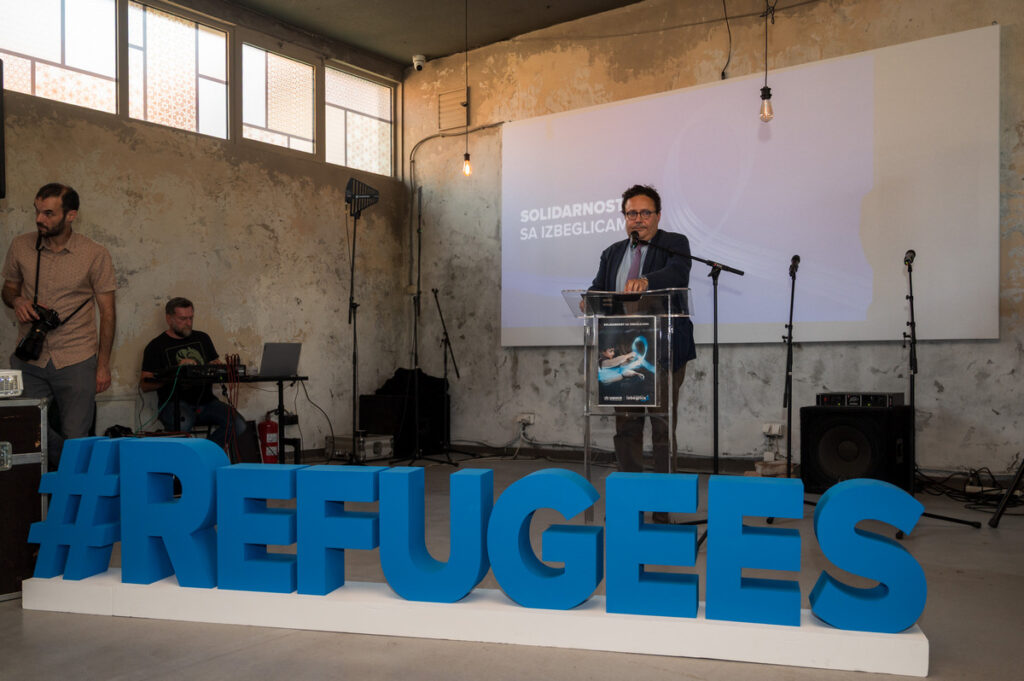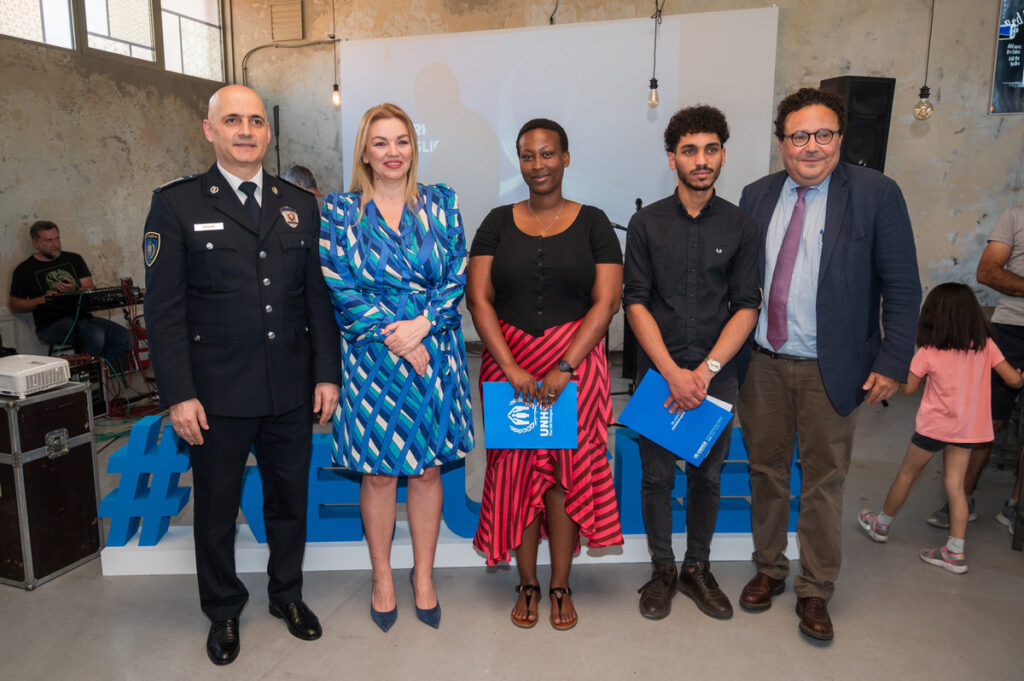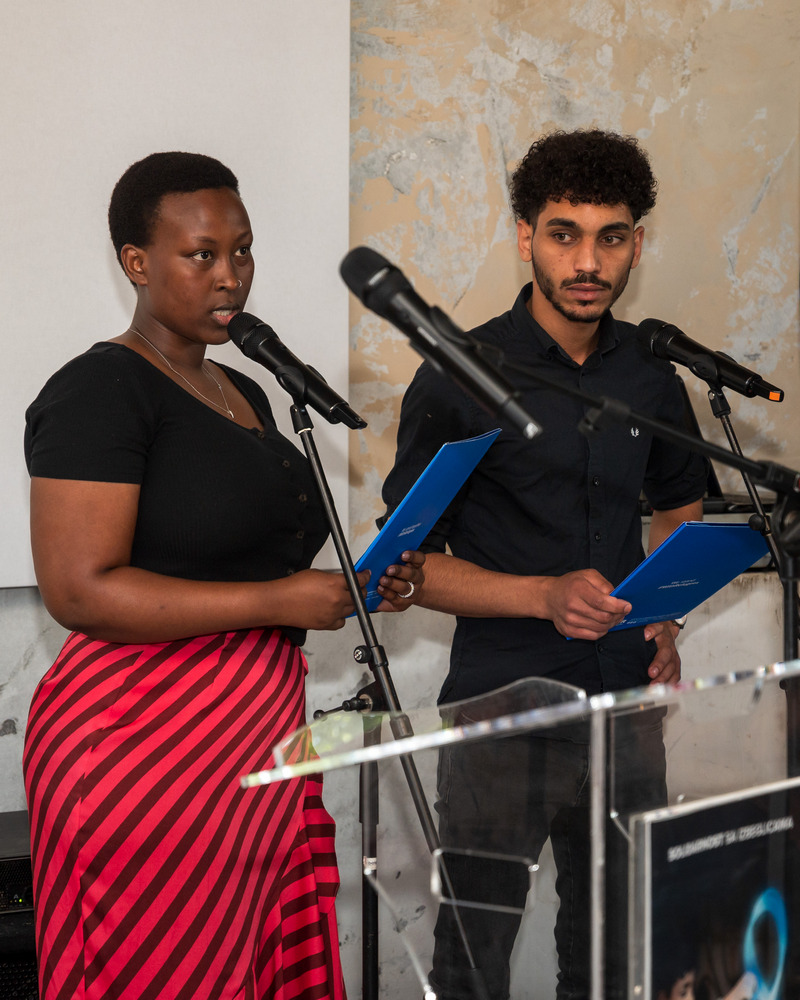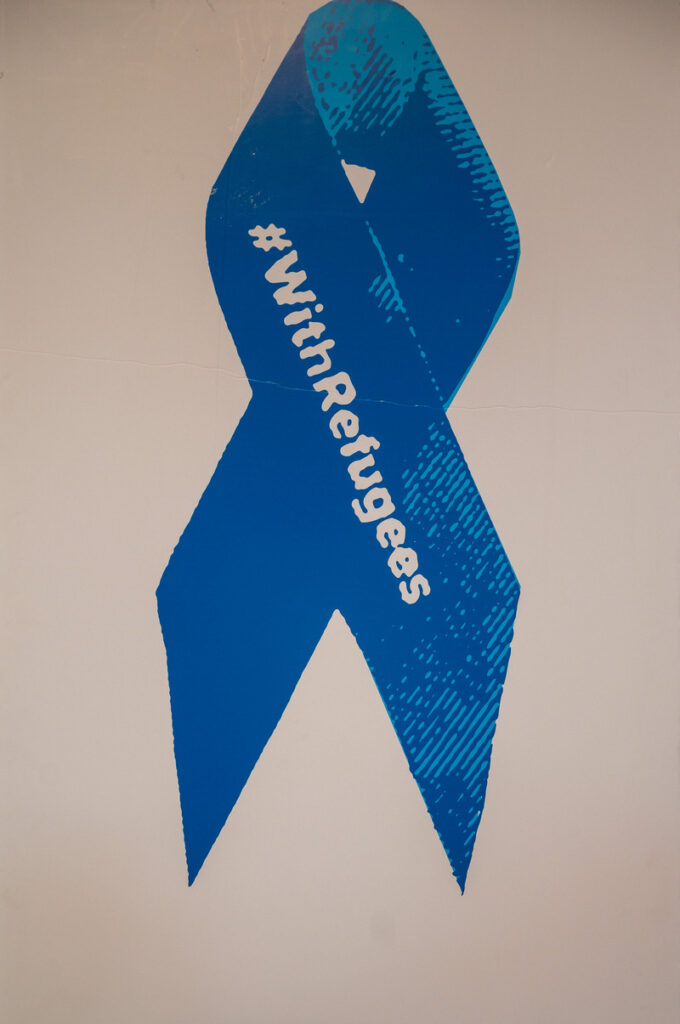World Refugee Day marked amidst record-high displacement and urgent calls for solidarity

World Refugee Day
by UNHCR
The number of people forcibly displaced by conflict, violence, and persecution reached a staggering 122.1 million by the end of April 2025, according to the UN Refugee Agency’s (UNHCR) latest Global Trends Report. This marks a tenth consecutive annual increase, while humanitarian funding remains largely unchanged since 2015 despite rising needs and severe cuts.
According to the report, large-scale conflicts such as those in Sudan, Myanmar and Ukraine remain key drivers of forced displacement. Sudan has now overtaken Syria as the world’s largest displacement crisis, with 14.3 million people uprooted, compared to 13.5 million in Syria. Afghanistan (10.3 million) and Ukraine (8.8 million) follow closely.
The forcibly displaced include 73.5 million internally displaced persons (IDPs) and 42.7 million refugees who have crossed international borders. Notably, 67% of refugees remain in countries neighbouring their own, and low- and middle-income nations host 73%. Moreover, 60% of forcibly displaced people never leave their country of origin.

UN High Commissioner for Refugees Filippo Grandi described the current moment as one of “deep instability in international affairs,” where modern warfare generates fragile and terrifying landscapes marked by acute human suffering.” He called for intensified efforts to seek peace and find sustainable solutions.
While funding has stagnated, the report highlights some positive trends. Nearly 9.8 million forcibly displaced individuals returned home in 2024, including 1.6 million refugees, the highest in over two decades, and 8.2 million IDPs. Nearly two million Syrians were among those who returned. Still, many of these returns occurred in fragile and insecure environments, including forced returns to Afghanistan and renewed displacements in the Democratic Republic of Congo, Myanmar and South Sudan.

In Serbia, World Refugee Day 2025 was marked by a ceremony where Soufiane Adjali, UNHCR Representative in Serbia, addressed the audience with a message grounded in both concern and hope.
“We are living through volatile times. Displacement remains at record levels after a decade of increases, conflicts go unresolved, civilians are under attack in many parts of the world, and humanitarian aid is being slashed, putting millions of lives at risk,” Adjali said.
He warned against rising hostility toward those seeking asylum:
“Sadly, in many parts of the world, the right to asylum is under threat. Tougher and more restrictive policies are making it harder for people fleeing war, violence and persecution to find safety.”
Adjali called on governments, communities and individuals to resist dehumanising narratives and instead reaffirm core values of solidarity and humanity:
“Let us amplify a different message – one of compassion, unity, and hope… Refugees are not passive victims. They are individuals with boundless potential. When given the chance, they become valued members of our societies.”
This message of unity was reflected in the symbolic collaboration between displaced Ukrainian women and students from the local High School for Hospitality and Tourism in Belgrade, who jointly prepared traditional dishes shared at the event.

UNHCR’s Global Trends Report concludes with a call for sustained investment in life-saving programmes that support safe and dignified returns, rebuild infrastructure, and reinforce social cohesion in host communities. As the world faces unprecedented displacement figures, the message from UNHCR is clear: solidarity must not waver.
Standing with refugees is not charity – it is a shared responsibility and an investment in a better future for all.
Number of people uprooted by war at shocking, decade-high levels
The number of people displaced by war, violence and persecution worldwide is untenably high, particularly as humanitarian funding evaporates, with the only bright spot being a pickup in returns, notably to Syria, UNHCR, the UN Refugee Agency, said today.
According to the UNHCR’s annual Global Trends Report , released today, there were 122.1 million forcibly displaced people by the end of April 2025, up from 120 million at the same time last year, representing around a decade of year-on-year increases in the number of refugees and others forced to flee their homes. The main drivers of displacement remain large conflicts like Sudan, Myanmar and Ukraine, and the continued failure to stop the fighting.

Filippo Grandi, UN High Commissioner for Refugees, said: “We are living in a time of intense volatility in international relations, with modern warfare creating a fragile, harrowing landscape marked by acute human suffering. We must redouble our efforts to search for peace and find long-lasting solutions for refugees and others forced to flee their homes.”
Forcibly displaced people include those displaced within their own country by conflict, which increased by 6.3 million to 73.5 million by the end of 2024, as well as refugees fleeing their countries (42.7 million people). Sudan became the world’s largest forced displacement situation with 14.3 million refugees and internally displaced people (IDPs), replacing Syria (13.5 million), and followed by Afghanistan (10.3 million) and Ukraine (8.8 million).
The report found that, contrary to widespread perceptions in wealthier regions, 67 per cent of refugees stay in neighbouring countries, with low- and middle-income countries hosting 73 per cent of the world’s refugees. Indeed, 60 per cent of people forced to flee never leave their own country.
While the number of forcibly displaced people has almost doubled in the last decade, funding for UNHCR now stands at roughly the same level as in 2015 amid brutal and ongoing cuts to humanitarian aid. This situation is untenable, leaving refugees and others fleeing danger even more vulnerable.
“Even amid the devastating cuts, we have seen some rays of hope over the last six months,” Grandi added. Nearly 2 million Syrians have been able to return home after being uprooted for over a decade. The country remains fragile, and people need our help to rebuild their lives again.” In total, 9.8 million forcibly displaced people returned home in 2024, including 1.6 million refugees (the most for more than two decades) and 8.2 million IDPs (the second highest ever).
Many of these returns, however, happened in an adverse political or security climate. For example, a large number of Afghans were forced to return to Afghanistan in 2024, arriving home in desperate conditions. In countries like the Democratic Republic of the Congo, Myanmar, and South Sudan, there were significant new forced displacements at the same time as the return of refugees and IDPs.
The report calls for continued funding of UNHCR programmes that save lives, assist refugees and IDPs returning home, and reinforce basic infrastructure and social services in host communities, as an essential investment in regional and global security.